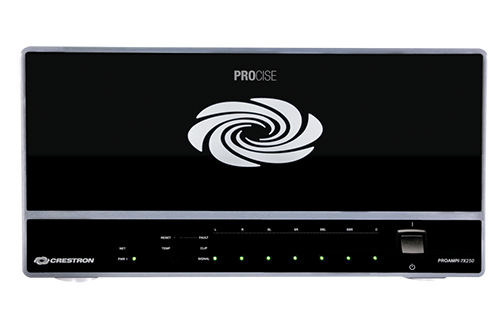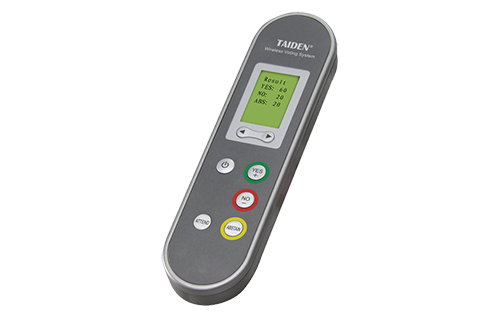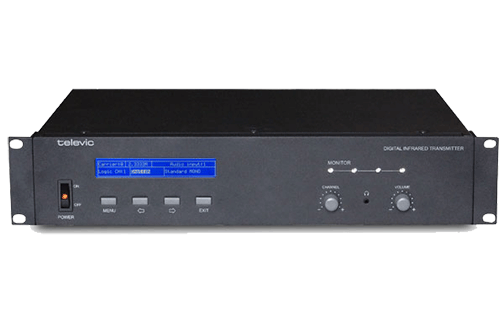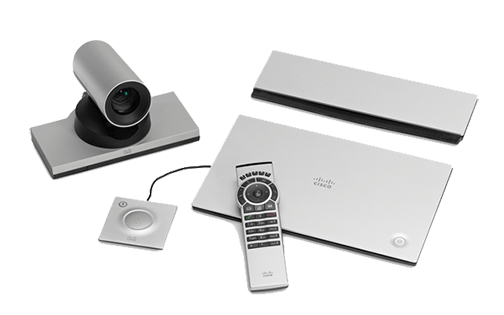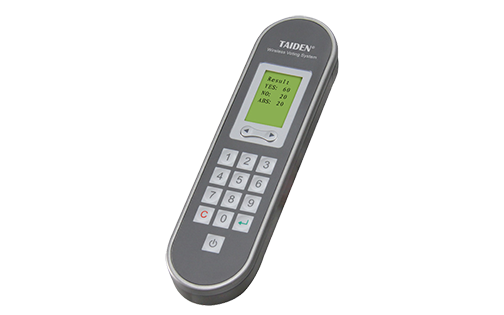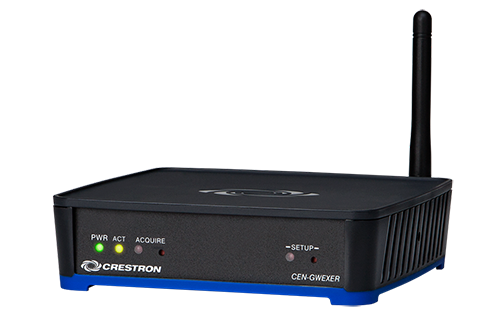- Home
- Products
- Audio Visual
- Conference room equipment
- Business Communication Systems
- Cisco TelePresence Server
Cisco TelePresence Server
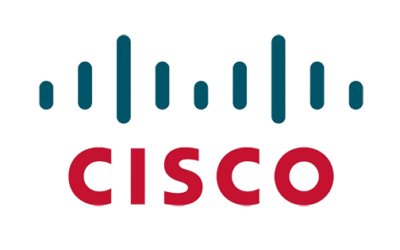

Cisco TelePresence® Server brings multiparty video to unified communications deployments. Its flexible video, audio, and content-sharing capabilities allow users to participate in video conferences with multiple parties. Users can easily create, launch, and join meetings using standards-based video endpoints. Or their mobile devices or Cisco WebEx® clients. Or even third-party video endpoints. The server provides high-quality, standards-based video conferencing for mobile, desktop, and room systems. This scalable video conferencing bridge works with Cisco Unified Communications Manager. For midmarket and larger enterprise customers, it works with Cisco TelePresence Conductor to offer cost-efficient conferencing. It also works with Cisco TelePresence Management Suite for conference booking, conference scheduling, and resource management.
- A consistent user experience across mobile, desktop, and room-based video conferencing solutions
- Flexible layouts, and views optimized for the capabilities of each device
- An enhanced user experience with features including Cisco ActivePresence®layouts, ActiveControl in-meeting controls, and individual participant identifiers; and Cisco ClearPath for optimal video quality
- The ability to elastically scale meetings beyond the capacity of a single Cisco TelePresence Server
- Broader reach, by extending meetings to Cisco WebEx Meeting Center users
- Highly cost-efficient and scalable conferencing
Product compatibility |
The server is standards-based and compatible with major vendors’ endpoints. |
Universal transcoding and transrating |
- The server can combine immersive, HD, standard-definition (SD), and 360p endpoints within the same virtual meeting. |
Content features |
- Dual video is supported with H.239, Binary Floor Control Protocol (BFCP), or Auto Collaborate. |
Video standards |
- H.261; |
Video resolution |
From Quarter Common Intermediate Format (QCIF) up to 1080p (1920 x 1080) including interlaced CIF (iCIF) and interlaced Standard Interchange Format (iSIF) |
Aspect ratios |
4:3 and 16:9 |
Frame rates |
Up to 60 fps |
Audio standards |
- G.711; |
Audio features |
- Wideband audio mixing; |
Protocols |
- H.3231; |
Security features |
- PIN-protected conferences; |
System management |
- An XML management API is available. |
Quality of service (QoS) |
The server provides configurable differentiated-services-code-point (DSCP) or type-of-service (ToS)/IP precedence. |


with you
6114 NW 74th Ave.
Miami FL 33166 USA
Phone: (305) 573-7339
Fax: (305) 573-8101
E-mail:
- www.continentalfilmlab.com
Continental Film & Digital Labs
- www.gablescinema.com
Coral Gables Art Cinema


